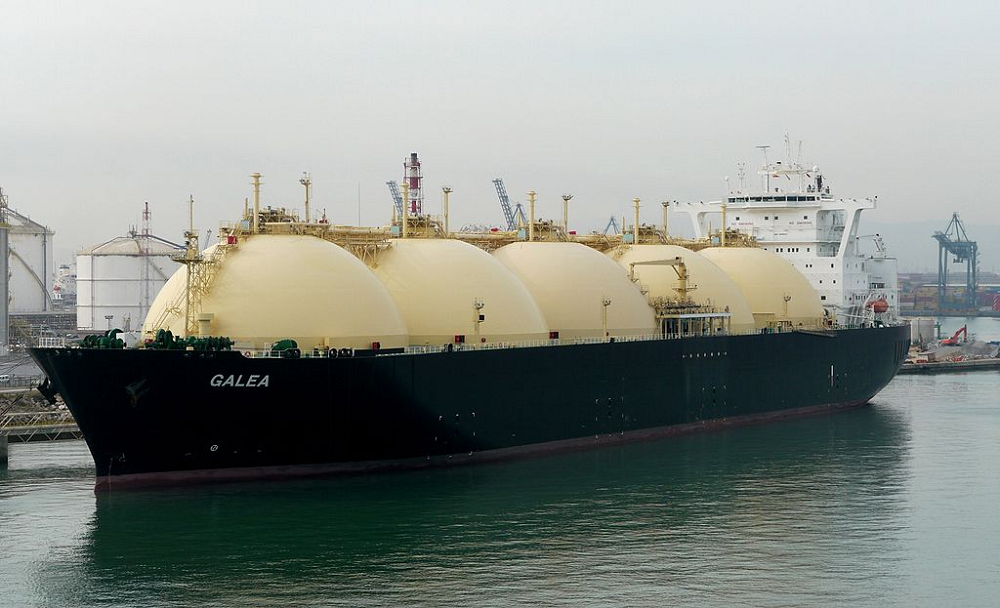
Summer demand for liquefied natural gas (LNG) is expected to fall by three million tonnes in 2020 globally – a 2.7% annual decline creating the first seasonal contraction since 2012.
Lockdowns and negative economic sentiment, particularly across Asia, will contribute to the slowdown, according to research firm Wood Mackenzie, which forecasts a “modest” rebound in demand during the winter months and a return to stronger growth by the middle of next year.
Key import markets of China, Japan and India were affected by the onset of coronavirus during the first quarter of the year, and although many parts of the world are beginning to ease lockdowns, the disruption to global commodity trading will continue to leave its mark.
Disrupted Asian markets to drive LNG demand squeeze in 2020
In Japan, the world’s largest LNG importer, social distancing measures and a slowdown in industrial activity served to depress demand throughout the first quarter of the year – and this has continued into the second quarter with nationwide demand expected to fall by 3% year-on-year to 15.8 million tonnes.
According to Wood Mackenzie: “The slowdown in first-quarter LNG demand was further exacerbated by high storage levels. Like 2019, Japan entered 2020 with above-average inventory levels due to a mild winter, though inventories are now within seasonal norms.”
While China’s roadmap for economic recovery remains unclear, particularly amid heightened tensions with the US, the research firm expects LNG consumption to grow by 12% during the second quarter to 15 million tonnes, with the country where Covid-19 first appeared one of the first to emerge from lockdown and restart its economy.
Demand in India is anticipated to fall almost a quarter between April and July compared to the same period of the previous year to four million tonnes, reversing first-quarter consumption growth that was driven by low spot prices for the fuel.
“Lockdowns across Europe have been every bit as severe as in Asia, but the total impact on gas demand is expected to be proportionally less due to the smaller share of gas used in the industrial sector, as well as the resilience of gas burn in the power sector and largely-unaffected demand from residential use,” noted the research firm.
“The single-largest fundamental difference from 2019 is Europe’s vast gas inventories, which currently sit at record seasonal highs and will reduce the continent’s ability to absorb global surplus LNG in the third quarter of 2020.”
Low market prices impacting the US supply side
While demand has been affected by lower levels of energy consumption across key importing markets, there has been supply disruption too, with US producers under pressure to lower expenditure in the low-price environment.
Wood Mackenzie researcher Robert Sims said: “Although already anticipated by the market, news that more than 20 US LNG cargoes had been ‘cancelled’ by contract and tolling off-takers for June loadings is significant.
“We expect under-utilisation of US terminals to continue for several summer months as margins remain negative for many companies. What is new is that our balances and price outlook suggest that some degree of under-utilisation will now also happen through summer 2021.
“Perhaps the most surprising change is the impact that low market prices are having on LNG supply, with downward revisions seen across all basins and regions.
“Should this prove to be sticky going into 2021, and if we see any kind of robust rebound in LNG demand from Japan, Korea or India, then a price correction could begin earlier than previously anticipated and reduce the risk of further US supply reductions next year.”






